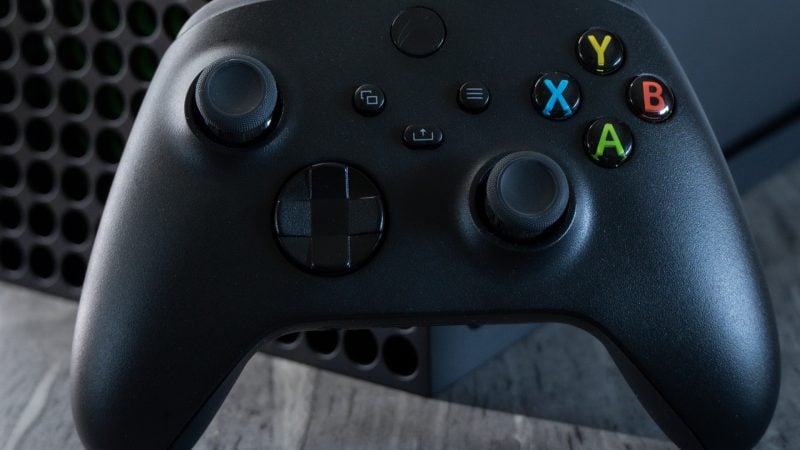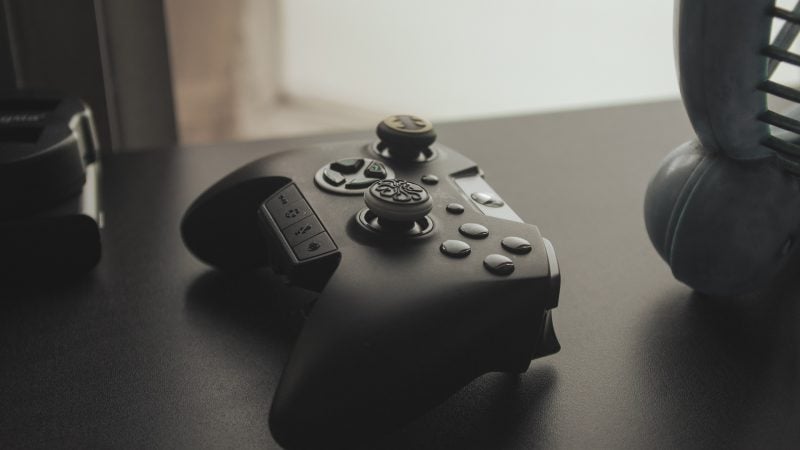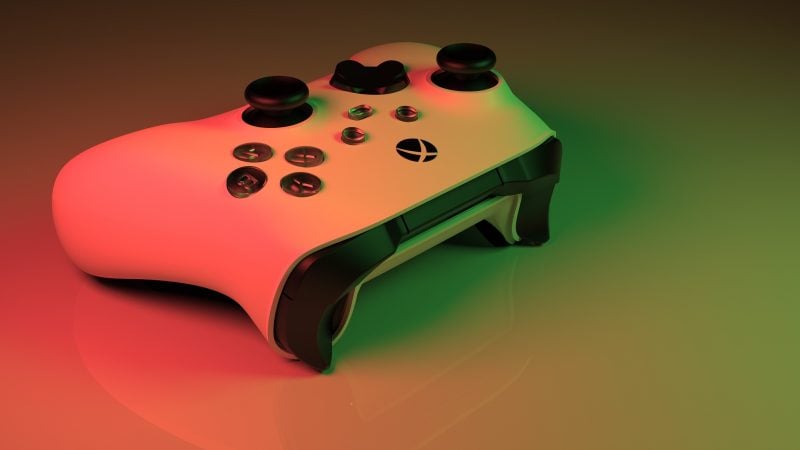
The Xbox has long played second fiddle to the PlayStation.
- The most recent leaks from the FTC v. Microsoft case have given us a sneak peek into Microsoft’s vision for the future of gaming.
- These games, potentially playable on a sub-$99 device, would seamlessly merge the computational power of cloud and local resources.
- Amidst these revelations, Microsoft’s massive bid to acquire Activision Blizzard faces regulatory challenges, further complicating the gaming industry’s landscape.
It looks like Microsoft’s grand vision for the game industry might be about to come true. The internet giant appears to be targeting 2028 as the year when its cloud gaming platform and physical hardware will fully combine, based on recent leaks from the FTC v. Microsoft case. The company’s “Cohesive Hybrid Compute” technology could lead to the release of “cloud hybrid games,” which are video games that smoothly combine local hardware and cloud computing capability.
The novel idea behind the suggested approach is to combine the strength of the client with the enormous resources of the cloud. The concept of playing these cloud hybrid games on a device that costs less than $99—it could even be a portable device—while integrating seamlessly with Microsoft’s xCloud platform is a fascinating part of this vision. Consider this as a development of the existing cloud gaming services, like Nvidia’s GeForce Now, where Microsoft augments local hardware with cloud-based processing power in addition to streaming games.
According to Microsoft’s strategic plan, they anticipated working with AMD on the graphics and CPU cores and even integrating ARM. In addition, it is clear that improvements like super resolution, latency compensation, and frame rate interpolation require a Neural Processing Unit (NPU).

According to The Verge, if the present schedules continue, hardware designs might start as early as next year, with development kits available in 2027.
The documents that were released provide an intriguing look into the strategic discussions among Microsoft’s top executives. The goal of Microsoft, according to CEO Satya Nadella, is to unify the company’s vision for all computer types, including hybrid versions of Windows, Xbox, and HoloLens, as well as cloud-only systems.
Microsoft is also eager to redefine gaming accessories. The usage of a multi-platform controller that can adjust to different devices is what the company is recommending. This vision also includes gaming keyboards and mice specifically designed for gaming, as well as controllers made for mobile devices and one-handed use. There is also mention of a Cloud Console, Keystone, which has been funded with other initiatives.

Microsoft’s plans for gaming show an exciting future, but there are more pressing issues at hand. The massive $68.7 billion deal it made to acquire Activision Blizzard still hangs over it. Even though it has already been resolved for the most part, the FTC continues to closely monitor it.
If authorized and completed, this acquisition would represent a massive consolidation in the gaming sector and could impact Microsoft’s strategy for cloud gaming.
This is expected to happen in 2028, the same year as the next generation of consoles arrive. The timing is significant since it may coincide with the release of Sony’s next-generation PlayStation. Although Microsoft’s approach of combining console and cloud computing may be a groundbreaking move, there are many unknowns along the way, including choices about hardware alliances, operating system alignment, and possible threats from outside acquisitions.

The ever-ambitious leaked docs offer a detailed picture of Microsoft’s never-ending battle to remain ahead of their rivals in a sector that is changing quickly.
If Microsoft’s plan is implemented effectively, gaming concepts may be completely rethought, bringing the industry closer to a time when local and cloud computing coexist.
It will have to weather through the current storm for the time being. It must honor its prior commitments to offer Call of Duty to the PlayStation and Nintendo platforms for years to come after bringing Activision Blizzard into the fold.
